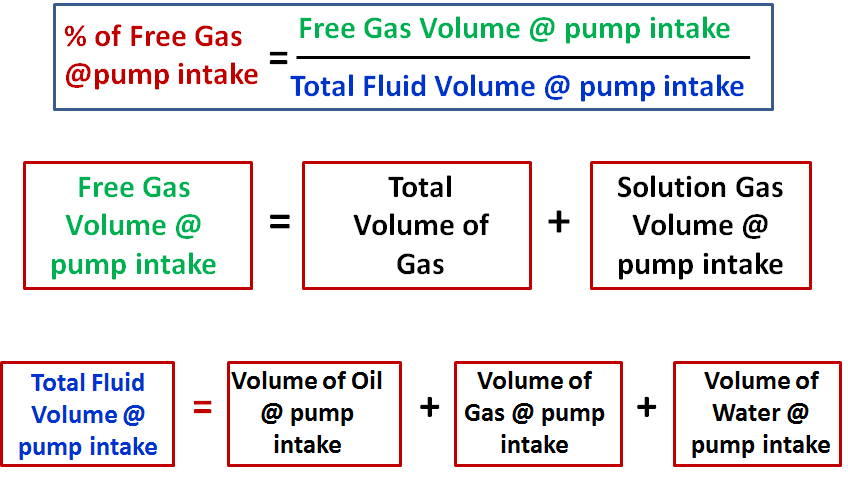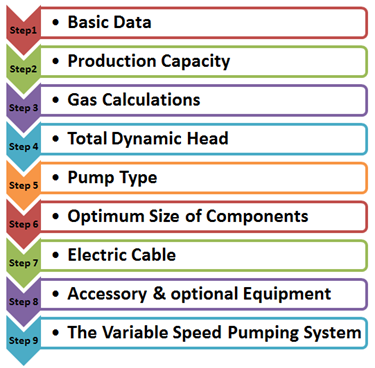In order to select the most suitable pump, Refer to the pump selection data table in the manufacturer’s catalog for pump type, range and pump performance curve. Based on expected fluid production rate and casing size, select the pump type which will be operating within the recommended operating range and nearest to the pump’s peak efficiency.
When two or more pump types have similar efficiencies at the desired production rate, the following recommendations should be considered to select the most adaptable pump to the well conditions:
The shape of the pump performance curve:
The ability of a pump to adapt to changes in well performance depends on the characteristic shape of the pump performance curve. A pump with a steep characteristic (i.e. large change in head with respect to flow rate) is less suited to a well with poorly defined inflow performance (IPR), especially if it is intended to produce with a fixed drawdown. For such pumps, a small loss in IPR translates to a large fall in pump intake pressure and may result in gas locking. Conversely, the head produced by a pump with a flatter characteristic will change less for a given change of flow rate and can therefore be used over a wider variety of IPR’s with limited changes in intake pressure.
Refer to the article “Pump Performance Curves – part 02” for more details.






